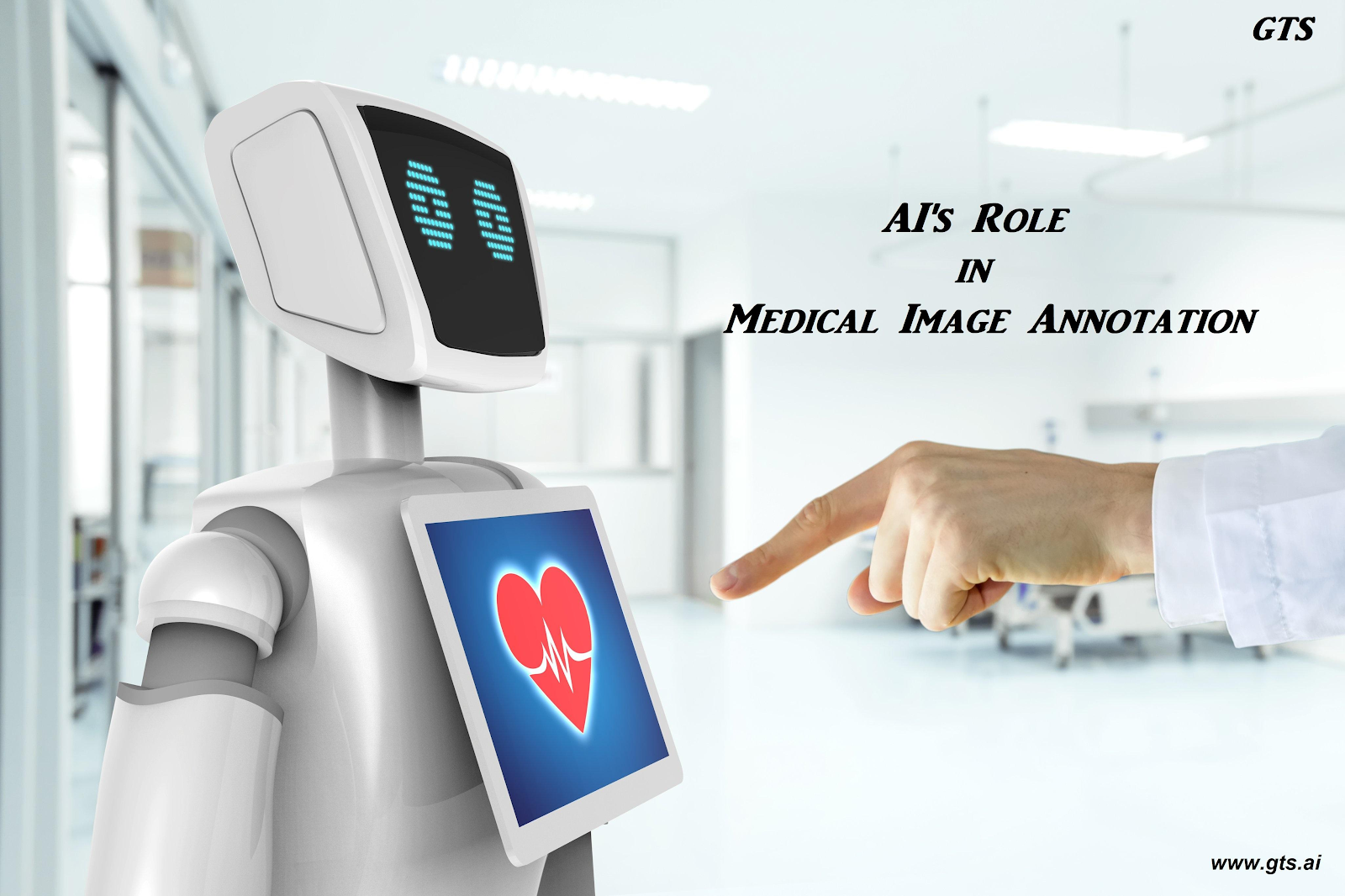The Importance of High-Quality Annotated Training Data Sets in the Healthcare
Any crucial machine learning or deep learning project requires annotation, which is of utmost importance. Because accurate labelling and data processing minimise human effort while enhancing accuracy and efficiency, they also help save money and time. Annotations help machine learning algorithms to be accurately taught with supervised learning processes for the right prediction, and they may be further involved in deep learning aspects of AI processes, which require no training and are also known as supervised machine learning.
What is Healthcare training data?
Machine learning algorithms must be trained, developed, and optimised using healthcare training datasets. The accuracy and effectiveness of the algorithm used to create AI-based applications are substantially impacted by the calibre of the training datasets used. The first step in creating a successful AI solution is having access to accurate and high-quality medical datasets.
Why are Healthcare data important?
Finding high-quality medical data sets is challenging due to rules protecting patient privacy and restricted access to healthcare data. The majority of businesses have expended significant resources, either internally or externally, to construct the data collections. GTS offers incredibly cost-effective high-quality machine learning healthcare data sets, allowing customers to concentrate on what they do best: create potent AI solutions.
Data Annotations & Training Data
Giving texts, videos, photos, or other content types labels and metadata tags is a component of the training data process. Any algorithm’s foundation is formed by data annotations, which lay the framework for building machine learning models. The process incorporates a number of elements, including technical representations, procedures, tool kinds, system design, and an entirely new range of ideas that are exclusively applicable to training data.
By using high-quality training methods or data, data annotation is the act of identifying and mapping the desired human aim into a machine-readable form. The relationship between the human-defined aim and how it relates to the actual model usage directly affects efficacy. Specifically, how well the model was trained, bearing in mind the objectives, and the calibre of training data. When the conditions are accurate and realistic, training data is effective. Long-term findings may be impacted if the conditions and the raw data do not cover all scenarios/conditions.
Annotated training data in Healthcare
In healthcare AI applications, high-quality training data is essential. In a number of application areas, including gene sequencing, medication discovery, treatment predictions, and automated diagnosis, annotations in healthcare AI and machine learning are necessary. To provide high-quality diagnostic solutions, one needs precise and accurate data that has been tagged and annotated. In the healthcare industry, algorithms are developed using pre-existing datasets, such as imaging files, CT or MRI scans, pathology sample data, and other items. Annotation is also used to identify tumours by highlighting cells or identifying ECG rhythms strips.
The fields listed below illustrate how these high-quality annotated data were given into a machine learning system to recognise and complete the task.
Disease recognition
Early detection
Pharmaceutical production
Diagnostic imaging
Individualised medical care
Maintaining medical records’
Disease prognosis
Artificial intelligence in healthcare and machine learning are playing a big role on all front since, as we all know, digital healthcare is a complicated subject with constantly changing dynamics.
How is machine learning is used in healthcare?
Artificial Intelligence and machine learning are currently applied in a number of industries. The development of these technologies’ technical aspects will undoubtedly increase because they represent the future.
Three places where this technology is heavily used, according to a report, are:
Perception exercises
Diagnostic support
Methods of treatment
Deep neural networks have improved the efficiency of computers and other technologies over time. As a result, these technologies are employed in numerous healthcare specialities. For instance, when a clinician diagnoses a patient using medical imaging, radiology uses machine learning.
Trained data that is fed into a machine learning system is also used for diagnostic aid and treatment procedures. For instance, a single doctor is only able to diagnose and treat a certain number of patients due to physical and mental limits, whereas robots are able to diagnose and treat an infinite number of patients.
Importance of high-quality annotated training data.
Any machine learning or deep learning model’s performance depends on the quality of its input data. In the field of healthcare, high-quality healthcare datasets are crucial and determine the outcome. High-quality training data that may be used to feed the machine algorithms are required in order to get the desired outcomes. One must take the services of a knowledgeable and experienced partner who can perform data training jobs quickly and provide first-rate services in order to obtain datasets with that degree of quality.
Healthcare Data and GTS
When it comes to providing the greatest services available, one should head straight to Global Technology Solutions because they offer high-quality, annotated training data with the assistance of qualified experts. They provide image annotation and data collection for medical image deep learning projects. Their expertise includes X-ray datasets, medical datasets, and more. The first step in creating a compelling AI product is gaining access to accurate and high quality datasets, and GTS can help you in this journey.




Comments
Post a Comment